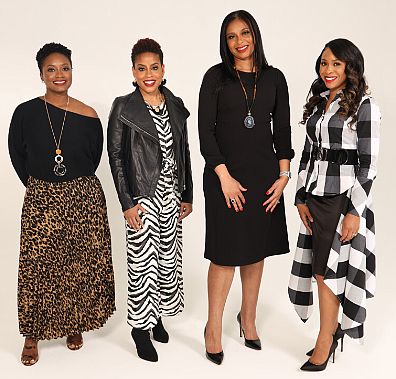USDA’s Tips for a Food Safe July 4th
Style Magazine Newswire | 6/23/2020, 10:03 a.m.

Many Americans will be celebrating the Fourth of July outdoors this year, with celebrations including barbecues, picnics and fireworks. No matter how you’re celebrating the Fourth of July, the U.S. Department of Agriculture’s (USDA) Food Safety and Inspection Service (FSIS) encourages you to make food safety a part of the celebrations.
“Foodborne illness can increase during summer because of the warmer temperatures and time spent outside,” said Dr. Mindy Brashears, the USDA’s Under Secretary for Food Safety. “As we gather with family and friends to celebrate this Fourth of July holiday, I encourage consumers to remember and use food safety steps to reduce their risk of illness.”
Follow these tips from USDA to ensure a food safe Fourth of July:
Don’t Cross-Contaminate
Always keep raw meat and their juices from touching other foods. Avoid using the same utensils that can come into contact with raw meat or poultry while grilling with ready-to-eat foods. Wash and sanitize all surfaces and utensils after they touch raw items. A recent USDA survey showed that 34 percent of respondents do not use a different utensil to take food off the grill. Bring enough tools to keep your raw meat and poultry away from any cooked or ready-to-eat foods and have extra cleaning and sanitizing supplies ready for your surfaces, plates and utensils.
Use a Food Thermometer
Some grill masters may say they know their food is done just by looking at its color when it comes off the grill. That’s not possible and shouldn’t be relied upon. This is where a food thermometer comes in.
“More than 25 percent of burgers can turn brown inside before they are fully cooked,” says FSIS Administrator Paul Kiecker. “Although your grilled foods may look done, foodborne illness causing bacteria are not killed until the safe internal temperature has been reached. Using a food thermometer is the only way to know your food is done and safe to eat.”
The USDA recommended safe minimum internal temperatures are:
Beef, pork, lamb and veal (steaks, roasts and chops): 145°F with a three-minute rest time
Fish: 145°F
Ground meats (beef, pork, lamb and veal): 160°F
Whole poultry, poultry breasts and ground poultry: 165°F
Keep Foods at a Safe Temperature
Perishable food items should not be left outside for more than two hours, and only one hour if the temperature is at or above 90°F. Keep your food at or below 40°F, in coolers or containers with a cold source, such as ice or frozen gel packs. This includes any leftovers from the grill, cold salads and even cut fruits and vegetables. Leftovers should be refrigerated or placed back in the cooler within 2 hours of being placed outside (1 hour if temperatures are at or above 90°F). If you are not sure how long food has been sitting out, throw it out immediately.
If you have questions about these tips, or any other food safety topics, call the USDA Meat and Poultry Hotline at 1-888-MPHotline (1-888-674-6854) or chat live at ask.usda.gov from 10 a.m. to 6 p.m. Eastern Time, Monday through Friday.



